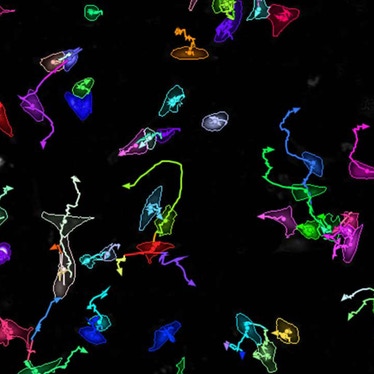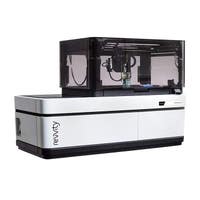Featured live cell imaging products
of 1
Select your location.
*e-commerce not available for this region.
Login to your Revvity.com account for your account's pricing, easy re-ordering from favorites & order history, priority order processing, and dynamic order tracking.
Initiate a new order or access test status and results for clinical genomics or newborn screening services.
Live-cell imaging is the study of living cells using images acquired by time-lapse microscopy. It is becoming a requisite technique in many fields of life science and biomedical research, such as cell biology, developmental biology and cancer biology, as well as in drug discovery.
Live-cell imaging enables researchers to study dynamic cellular processes, behavior and function in real time and over time, thereby giving a more realistic view of biological function.
Live-cell imaging is also helpful when the endpoint of the assay is unknown, e.g. when analyzing long-term toxic drug effects. Depending on the type of question being asked, it may also be beneficial to avoid fixation reagents, as they influence the sample in an uncontrolled way and may change protein localization, e.g. when studying protein trafficking.
Kinetic live-cell imaging avoids the need to prepare a separate sample for every time point to be analyzed - a single sample can be analyzed over time.
Furthermore, single-cell tracking software allows scientists to follow individual cells over time even as they divide. As a result, dynamic processes or effects that might have been overlooked when studying the whole cell population, can be seen and studied at a single cell level.
A major challenge of kinetic live-cell imaging is keeping cells alive and functioning as naturally as possible for the duration of the experiment – usually days or weeks. Cells require incubation under controlled environmental conditions, such as temperature, CO₂ and humidity, with minimal disruption throughout the experiment to avoid inducing stress responses that might alter the cellular processes being studied.
Also, as cells are typically not exposed to light during their natural life cycle, it’s important in imaging applications to minimize light exposure to reduce phototoxicity and photobleaching.
With well-designed systems, live-cell assays allow research biologists and drug discovery scientists to discover more, achieve greater understanding and provide the confidence and reassurance that their results are true to life.
Our high-content screening systems, Opera Phenix® Plus and Operetta® CLS™ have the flexibility to run live-cell assays, combining the benefits of observing live-cells over time with the quantitative, multiparametric data analysis required in drug discovery programs. In addition, the Opera Phenix Plus system is equipped with fast frame rate imaging and has the option of on-board liquid handling to enable “dispense and read” live-cell fast response assays.
For research use only. Not for use in diagnostic procedures.

